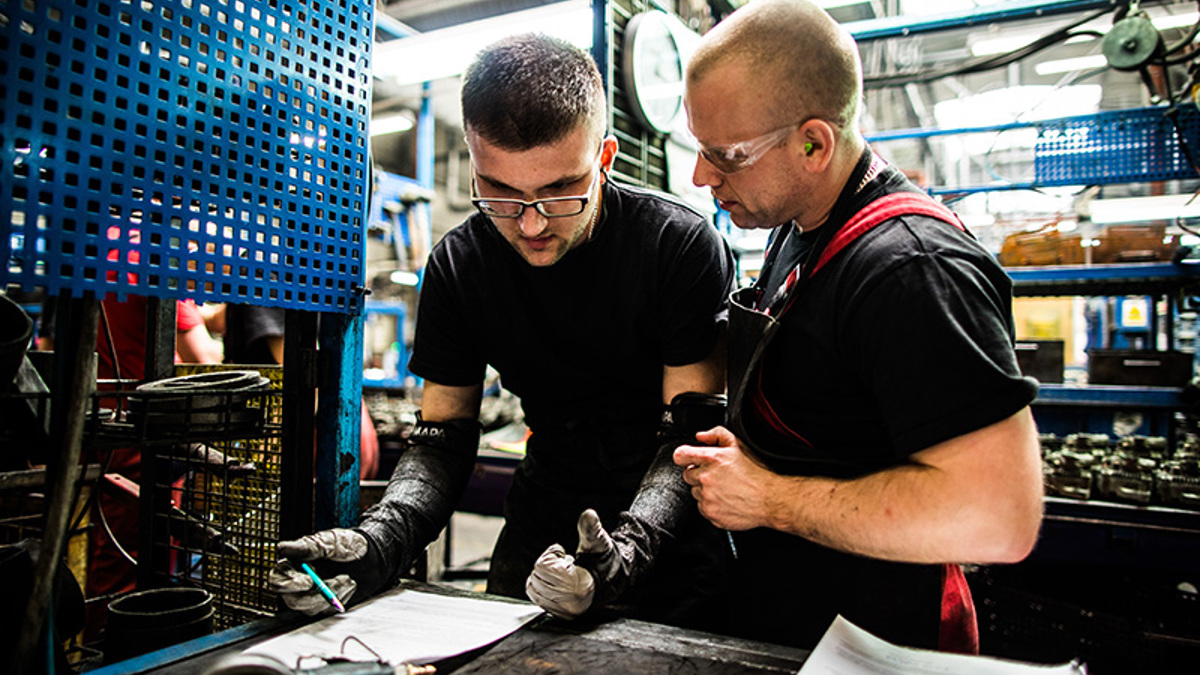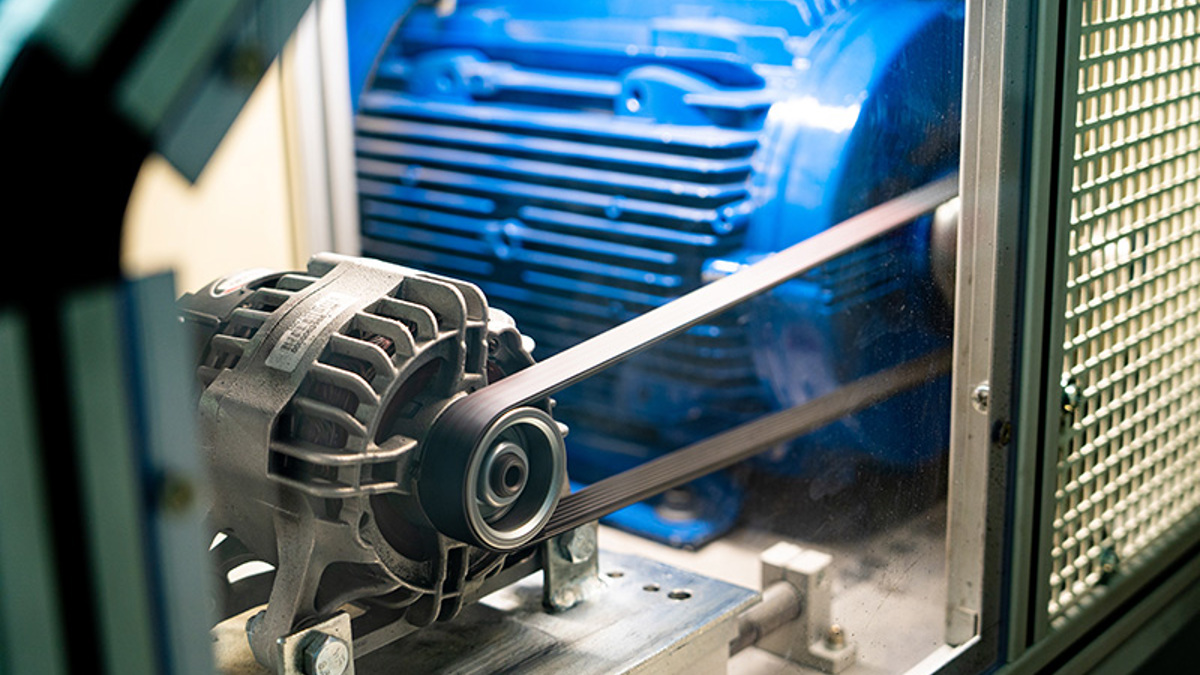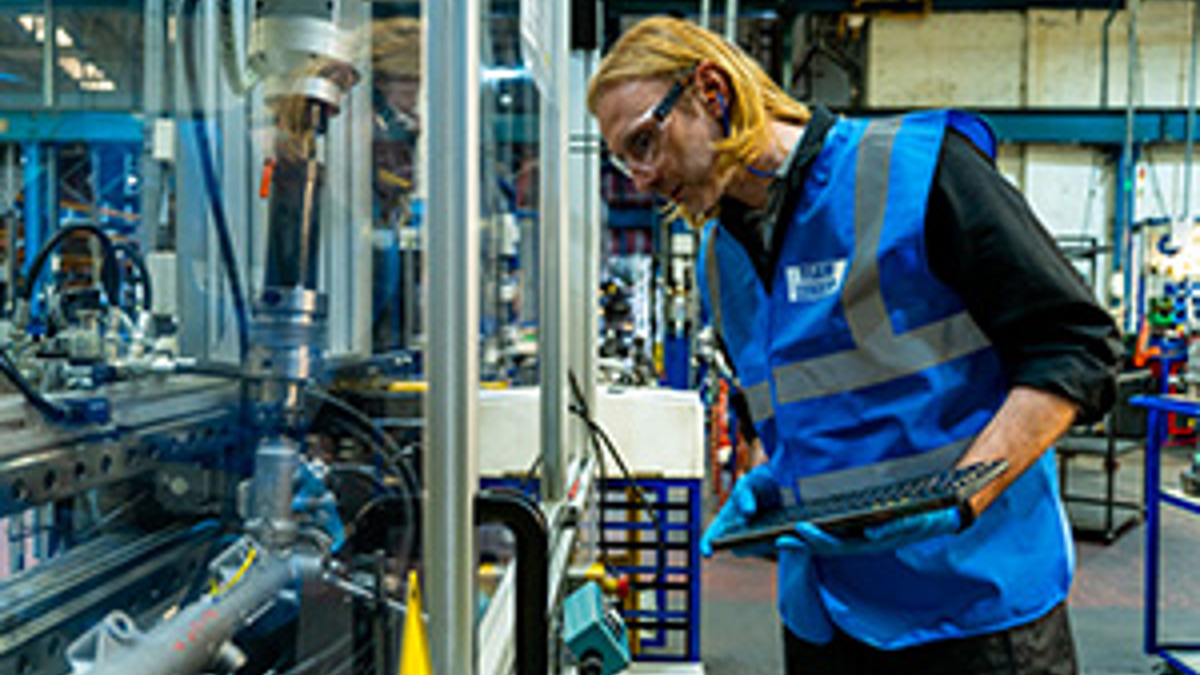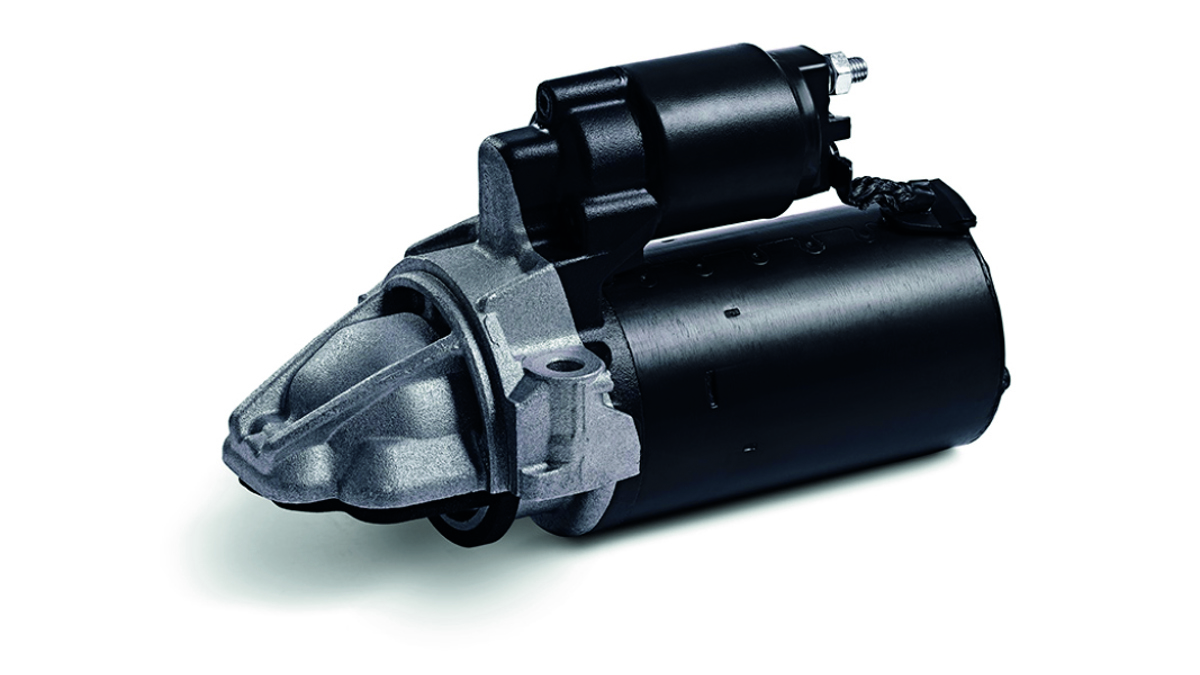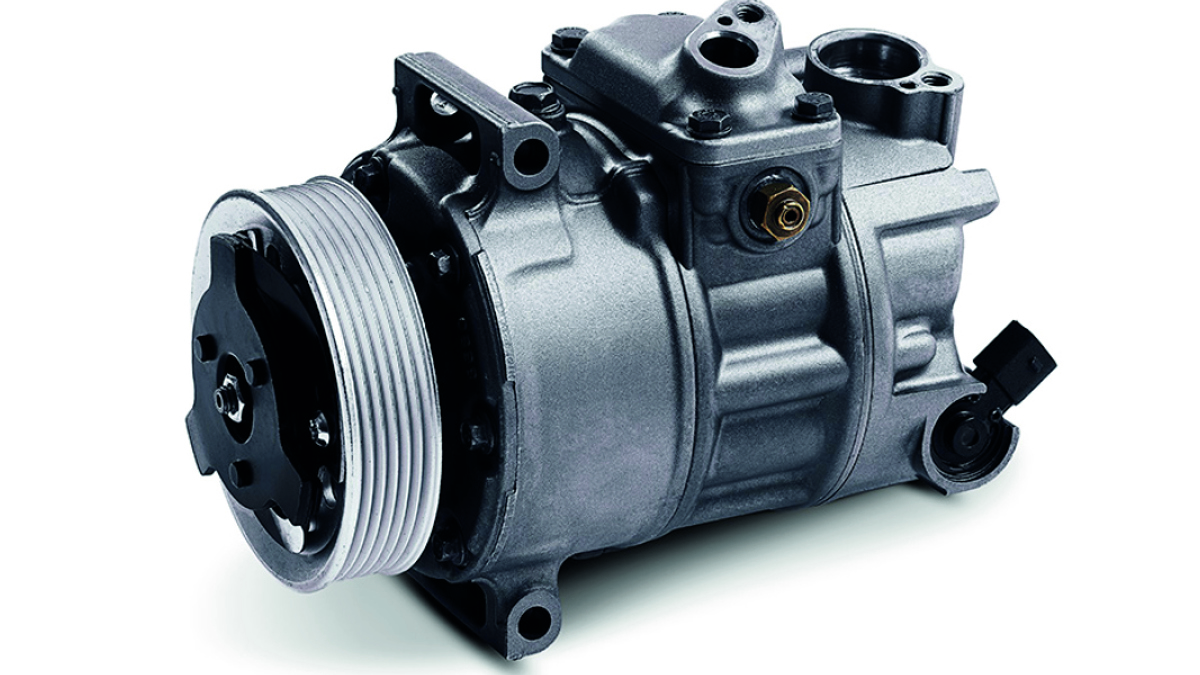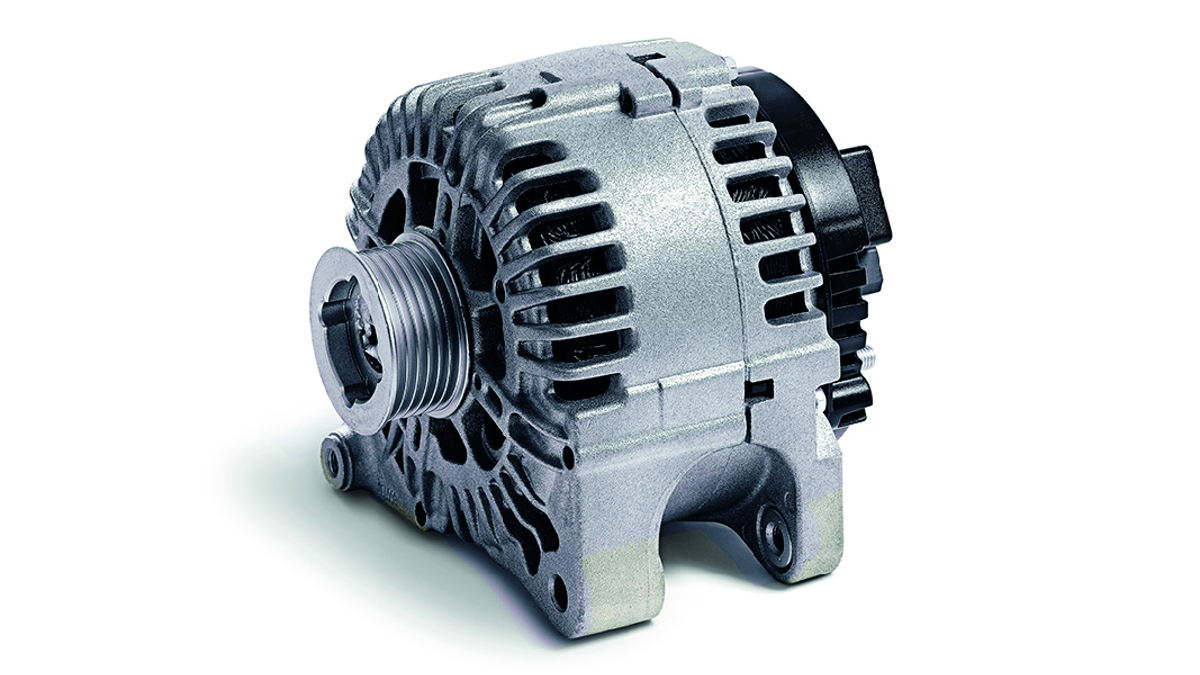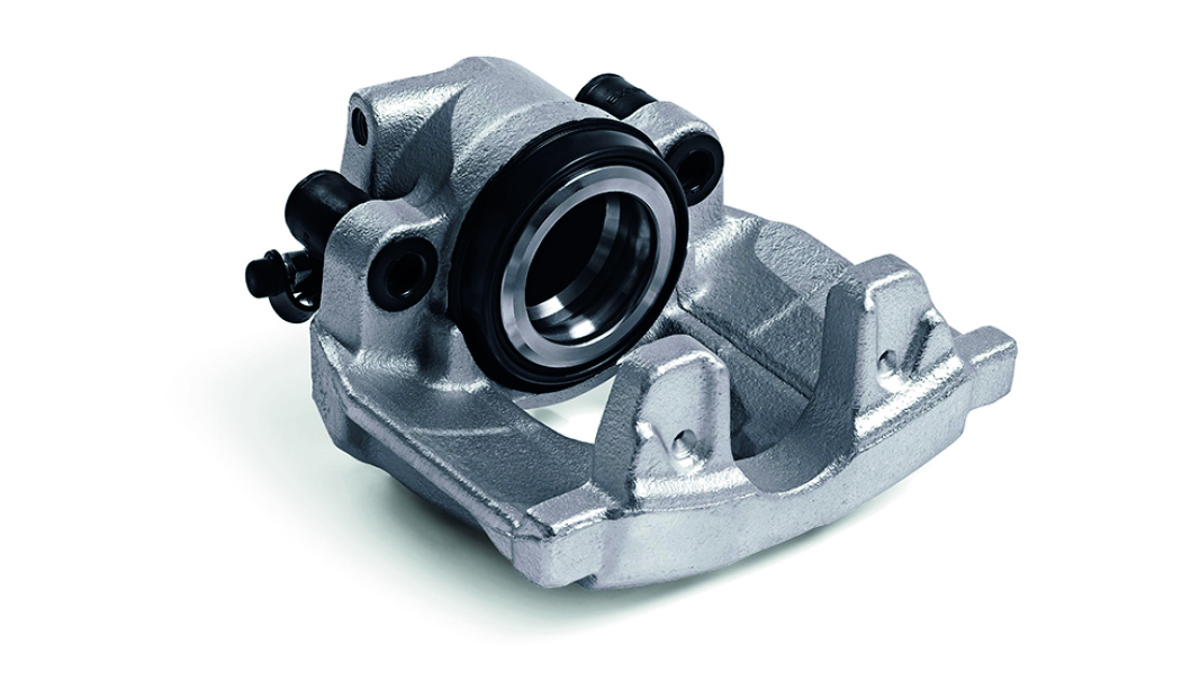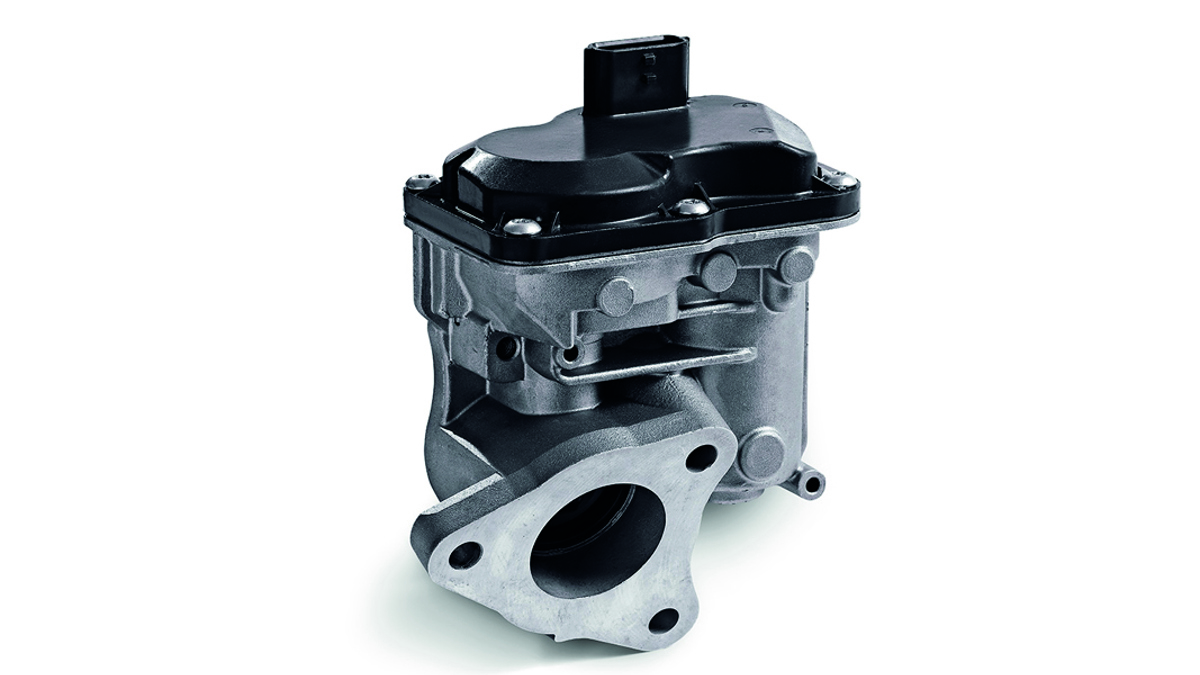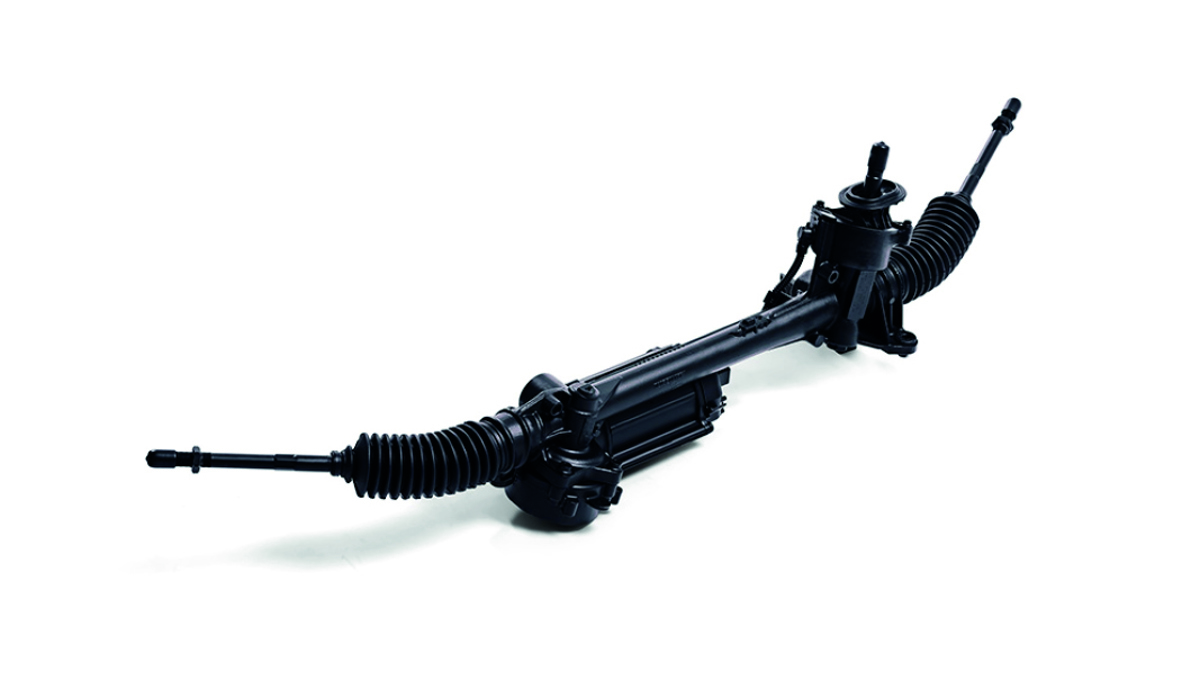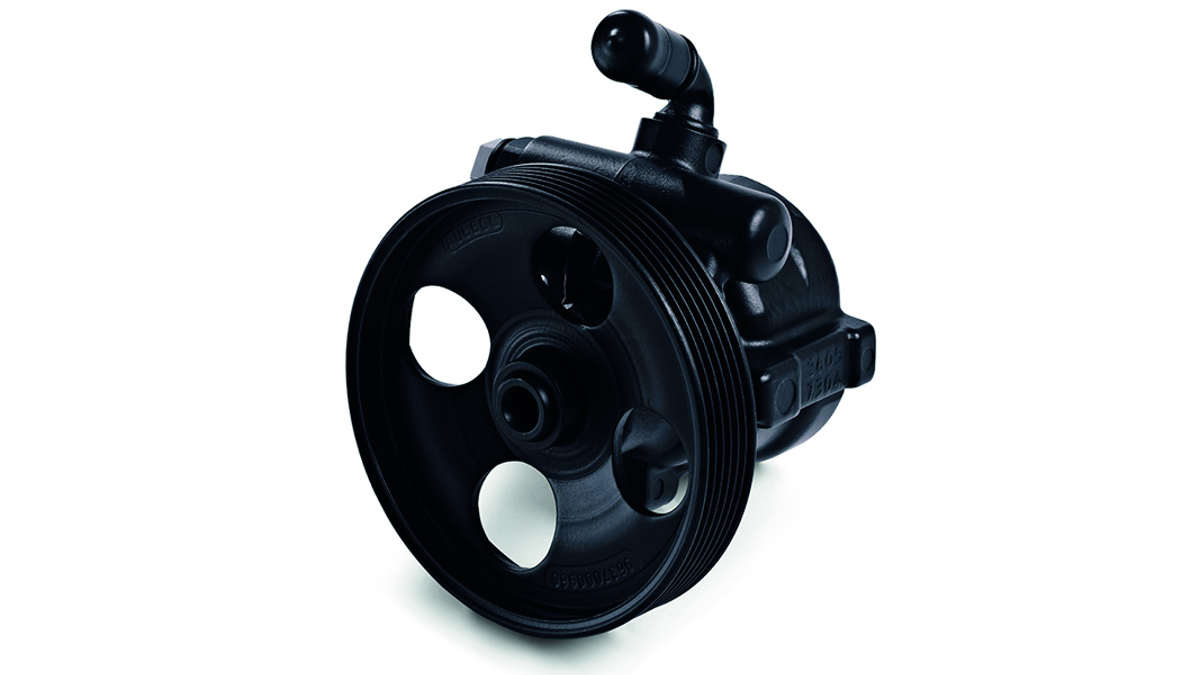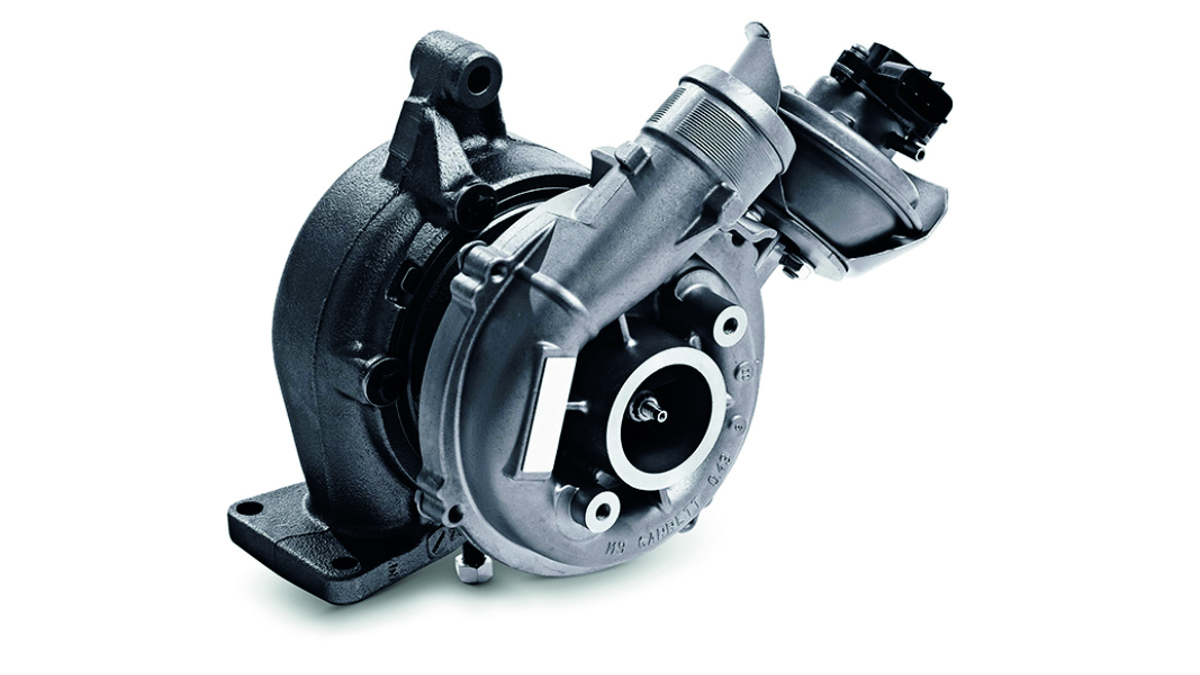LCA Results
What and Why?
BORG Automotive Group, which owns CPI, started on a circular business model more than 50 years ago, long before sustainability and environmental footprint were on the agenda. There has always been a desire to responsibly reuse available resources and extend the lifespan of automotive parts, while ensuring a short delivery time. All production leaves a footprint, and we have always believed that remanufactured products leave a smaller footprint than newly produced spare parts.
We have long wanted to get concrete figures on the environmental footprint of our products and know the difference between the environmental footprint of a remanufactured product compared to the footprint of a similar newly manufactured product. We now have solid figures on this with our Life Cycle Assessments (LCA).

 Product Catalogue
Product Catalogue

